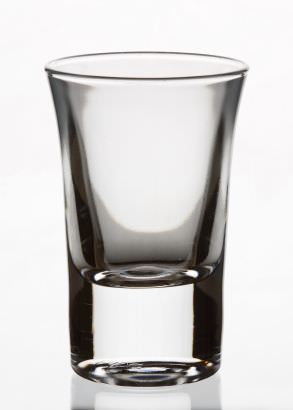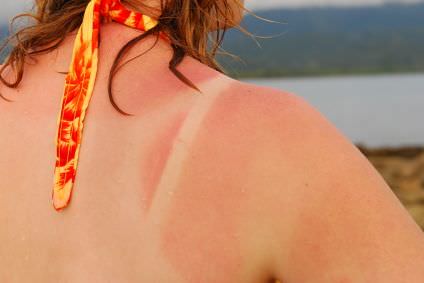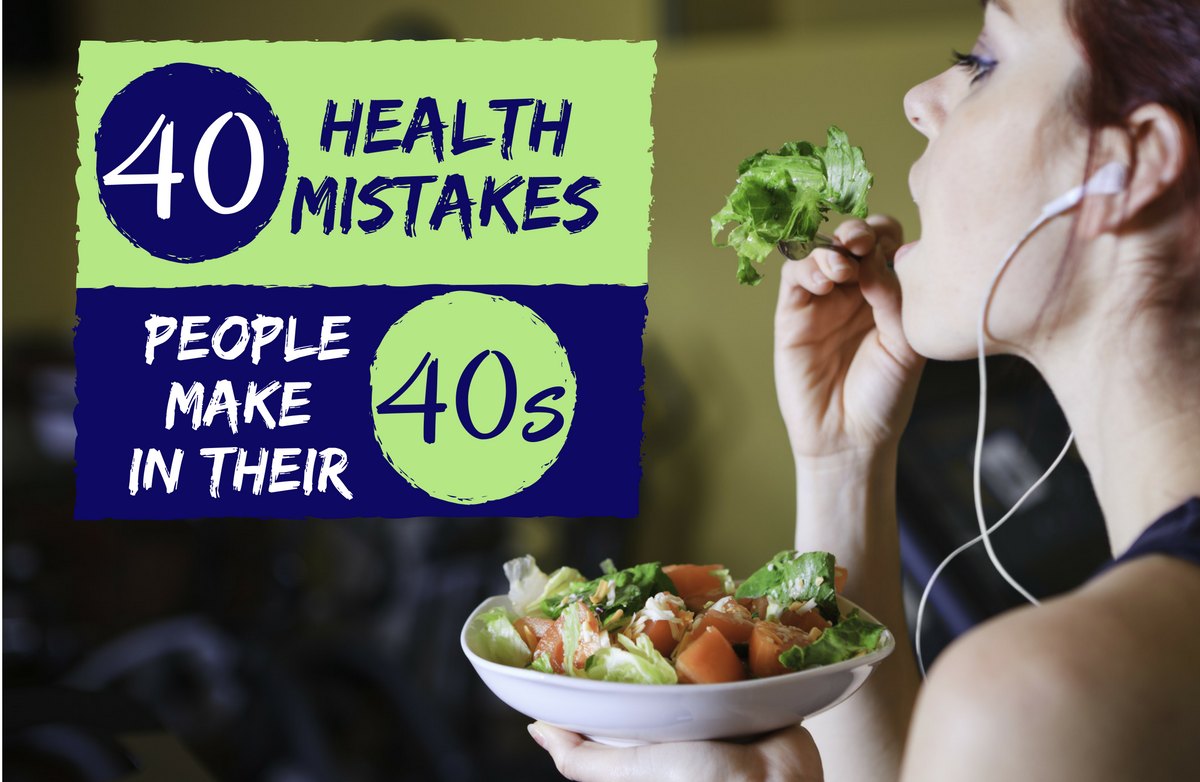|
I've become a sunscreen connoisseur by necessity. I should have been born during the Victorian era. With my incredibly pale skin and inability to withstand hot weather (I've passed out on more than one outing to amusement parks or outdoor festivals despite proper shade and hydration), I am better suited to recline on a chaise lounge, one hand clutching a cool drink or silk fan and the other pressed to my forehead in melodramatic fashion. But while a cultural anachronism I might be, I'm no wilting flower and love being active outdoors during nice weather. That means that before I think about heading outside any time of year, I'm quick to slather myself in sunscreen. I wear Neutrogena Healthy Defense (SPF 45) on my face year-round, and since junior high, I reach for the highest SPF on the shelf for the rest of my body. A decade or so ago, the highest SPF was 25 or 30. Then 45 was tops for a few years, soon followed by 55, 60, and in 2008, Coppertone's 70+--the highest ever. This year, Neutrogena's 100+ hit the market. All those numbers can be confusing. Is higher always better? What should you know about sunscreen? Sunscreen is rated by SPF, or sun protection factor, a measure of how much the product shields you from the sun’s shorter ultraviolet B rays, which can cause sunburn. According to a recent New York Times story, "The difference in UVB protection between an SPF 100 and SPF 50 is marginal. Far from offering double the blockage, SPF 100 blocks 99 percent of UVB rays, while SPF 50 blocks 98 percent. (SPF 30, that old-timer, holds its own, deflecting 96.7 percent)." No sunscreen, even SPF 100+, can offer 100% sun protection, and in 2007, the FDA actually considered capping SPF at 50. So while it's true that you can ward off sunburns for a little longer if you wear the higher SPFs, there are a few other factors that come into play.  1. Amount: More important than the kind of sunscreen you use is how much you apply. You need an ounce (a shot glass worth) of sunscreen to get the full SPF advertised. That 3-ounce tube shouldn't last all summer. It should last a day or two at the beach. Most of us use significantly less than recommended. Applying half the amount doesn't give you half the SPF. It gives you far less, according to that NYT article. And remember that you should reapply every two hours, even on cloudy days, and know that water, snow and sand all amplify the effects of the sun. 2. Ingredients: The American Dermatological Association recommends that consumers "generously apply a broad-spectrum, water-resistant sunscreen with a Sun Protection Factor (SPF) of at least 15 to all exposed skin. Broad-spectrum provides protection from both ultraviolet A (UVA) and ultraviolet B (UVB) rays. Re-apply approximately every two hours, even on cloudy days, and after swimming or sweating." This list of sunscreens is approved by the ADA, and Consumer Reports has recently released its top picks for sunscreen. 3. Exposure Just because you're wearing SPF 100+ doesn't mean you can stay in direct sunlight all day long. If you're going to be outside, seek shade when possible, and wear long sleeves, sunglasses a wide-brimmed hat and pants. Find more sunscreen facts and tips here.  Still not convinced you need sunscreen? There are 1 million new cases of skin cancer this year, and as Grey's Anatomy fans learned last season, melanoma and skin cancers can be quite serious. I'm 28, and I've already had one precancerous mole removed, and two friends who are my age have had skin cancer removed. I take sun protection very seriously. That made me mighty unpopular at the small-town pool where I spent my summers. While everyone else basted their bodies with baby oil and coconut-scented tanning cream, I pulled out my giant bottle of SPF infinity I learned the hard way that one cannot just "get a tan," despite the relentless urging of my peers. Growing up, my mom slathered us head to toe 15 minutes before heading outside, made us coat our noses in zinc oxide, and refused to let us head to the pool before 1 p.m.--to avoid peak sun exposure. Then came adolescence, peer pressure and the nicknames: Powder, Casper, Morticia… Hollywood in the early '90s was not exactly helping to boost the popularity of alabaster skin. So I decided to ignore my mother's sage advice. The Saturday before Memorial Day in 1995, I went off to the pool with my friends--and some contraband: my stepmom's SPF 4 tropical oil. Head to toe, I smelled like a pina colada and glistened like a raw chicken. I turned over in my lounge chair and kept basting my body every 30 minutes. Four hours later, I was done. I felt like a barbecued chicken left on the grill too long. It was a long and painful weekend. I lay in bed, slept and cried. No home remedy could soothe my skin. My parents, who wanted to ground me for being so irresponsible, knew I'd learned a valuable, albeit excruciating, lesson. The skin on my chest and back was raw and blistered, and I had to wear baggy T-shirts the entire weekend and lie on cool, wet towels. I took countless cold showers, crying as the water stung and soothed my skin. I tried vinegar compresses, yogurt, oatmeal and plenty of aloe. My decolletage and neck were never the same--still thicker than the rest of my skin and quite sensitive. From then on, I obeyed my mother's advice and wore sunscreen, stayed out of the sun during peak hours, and in later years, started wearing a wide-brimmed hat and a coverup when out of the pool. I've gotten minor burns, but I've never intentionally spent time in the sun without protection. Do you wear sunscreen regularly? Do you avoid the sun? Are you worried about sun exposure? Curious about vitamin D and sun exposure? Learn about the sunshine vitamin here. |
Popular Entries
More From SparkPeople
|



.jpg)







.png)

.jpg)

